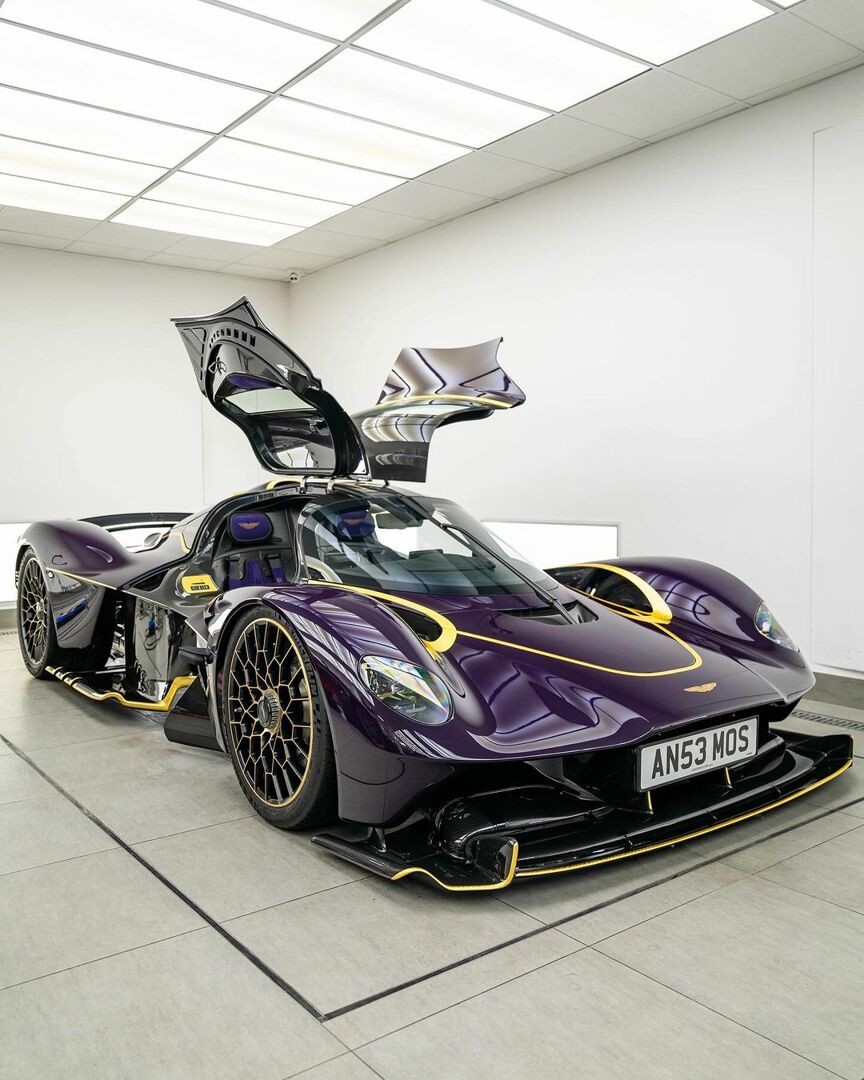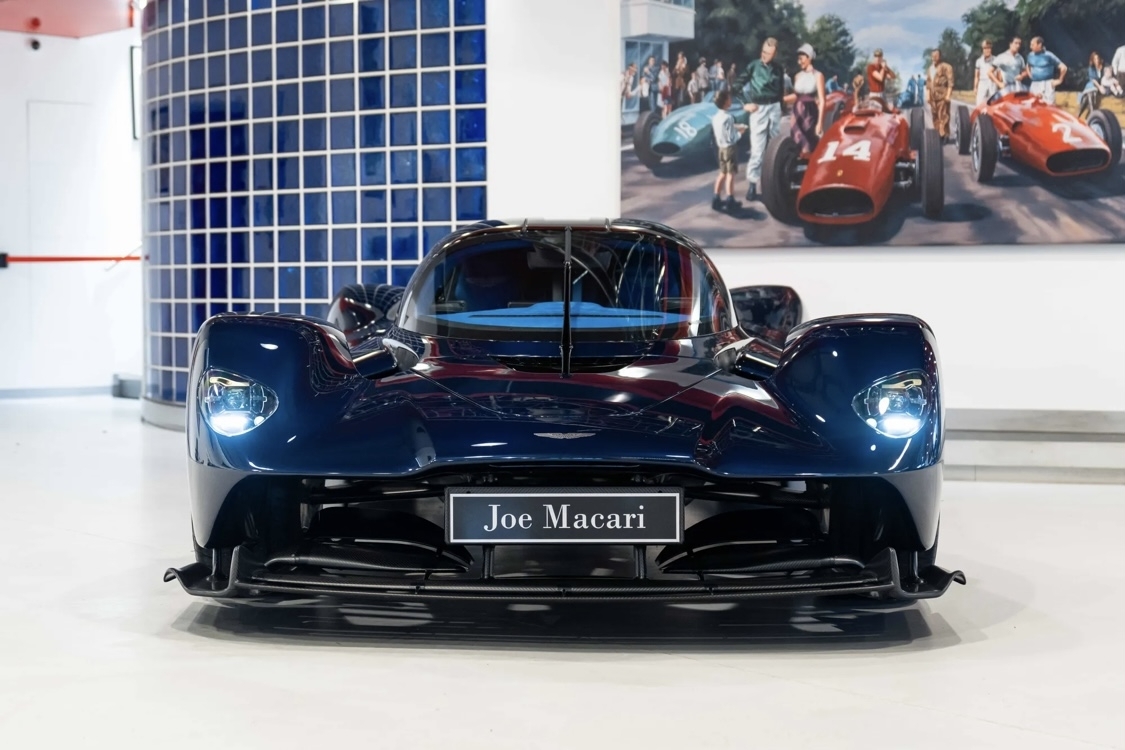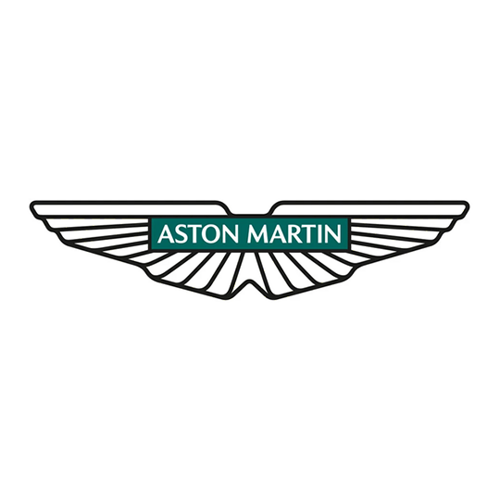Aston Martin

Gaydon, Warwickshire, United Kingdom
About
Aston Martin can trace its heritage back to 1912, when sport cycling enthusiasts Robert Bamford and Lionel Martin formed a partnership to sell cars. Settling on the Coventry marque Singer, Bamford & Martin tuned and sold cars for competition, becoming a familiar name at local speed events and hillclimbs.
Soon, Martin sought to develop his own car and the first Aston-Martin (with ‘Aston’ referencing the Aston Hill used for hillclimbing) formed from a 1908 Isotta-Fraschini chassis and a bespoke Coventry Simplex-built engine. Lovingly nicknamed as ‘Coal Scuttle’, it was road registered in 1915 but saw little use due to the First World War.
Following the conflict, in which Bamford joined the Army Service Corps and Martin the Admiralty, respectively, Bamford lost interest and resigned from the company. Martin moved the premises and his home to Kensington, recruited his wife Kate as co-director, and sought to bring his vision to production with a team of specialists. Resuming racing, however, was always the priority.
With funding from noted aristocrat and racing driver Count Louis Zborowski, Aston-Martin challenged the 1922 French Grand Prix and set world speed and endurance records at Brooklands, with cars such as the Razor Blade. However, despite some success, the company needed help. In 1924, after approximately 60 of the Sports/Super Sports models had sold, the company was sold to Lady Charnwood, but were trouble again just a year later.
Despite the liquidation of the company (and Lionel Martin’s departure), the Aston-Martin name survived with Charnwood’s new company, simply named Aston Martin Motors. Formed in 1926 and based in Feltham, Middlesex, Aston Martin utilised the talents of Augusto Bertelli and W.S. Renwick to develop a new generation of cars, known as the ‘First Series’. These were successful in competition as hoped, but the high price limited sales.
With sales slowing, funding dried up and Charnwood (followed by Renwick) left the company. Bertelli sought outside investment, first from H.J. Aldington of Frazer Nash, and later from wealthy garage owner Lance Prideaux-Brune. The following ‘Second Series’ cars outsourced parts to lower the price, and showed more success both in production and competition, keeping the company afloat through the early ‘30s.
Success at Le Mans caught the attention of shipowner Sir Arthur Sutherland, who injected much-needed capital and refocused Bertelli’s attention on road-going cars. In 1936, Bertelli resigned and Arthur’s son Gordon was appointed as head of the company, recruiting Claude Hill as Chief Designer. The resulting prototype was dubbed the Atom before the Second World War switched Aston Martin’s focus to producing aircraft components.
Following the war, Sutherland realised that further investment was needed to make the Atom a production reality, and placed the company for sale. In 1947, it was purchased by wealthy industrialist David Brown, who purchased Lagonda the following year.
Working with the two brands in cooperation, Aston Martin developed the 2-Litre Sports (retrospectively known as the ‘DB1’) and the subsequent DB2, which proved a remarkable leap forward for Aston Martin. Selling in far greater numbers than any previous models, the DB2 funded racing efforts through the 1950s and an attempt at Grand Prix racing. Aston Martin took victory at the 1959 24 Hours of Le Mans under the watchful eye of John Wyer, which was the icing on the cake of the newly-released DB4 model.
With a Touring-penned body and Tadek Marek-developed six-cylinder engine, the DB4 was a further step up and saw success in racing with its GT variant. Its final development, in effect, was the DB5 model, which made Aston Martin a household name through its feature in the James Bond movie Goldfinger.
Following with the DB6 and DBS, Aston Martin stood strong everywhere but financially. In 1972, David Brown sold the company to consortium Company Developments for £101, who seemingly turned it around with the launch of the V8 and Lagonda models. The reality was far different, and Aston Martin still struggled to balance the books. They were also dealt a hefty blow when the 1973 oil crisis dried the demand for thirsty, large-engined cars.
Despite pleas for government intervention, Aston Martin fell into receivership in 1974 and was sold the following year to another consortium, who re-opened the factory and modernised the lineup, introducing the V8 Vantage and Volante, and the controversially-styled Lagonda, all based on the V8 platform.
By 1981, investors Victor Gauntlett and Tim Hearley took over as co-owners of Aston Martin and concentrated on improving production efficiency. They returned to both the racetrack and the silver screen, before being sold to Greek shipping tycoon Peter Livanos in 1984 and Gauntlett remaining as Chairman. The V8 was continuously refined, even through a collaboration with Zagato, until a new car, the Virage, was developed.
Needing the backing of a major manufacturer, 75% of Aston Martin was purchased by Ford in 1987. The Virage was launched and became popular, despite slow sales in a global recession. Gauntlett stepped down as Chairman in 1991 and was replaced by Walter Hayes, who reorganised the company and introduced the DB7, a model intended for large-scale production.
This plan worked and the DB7 sold very well, allowing Ford’s Premier Automotive Group to develop further iconic models such as the V12 Vanquish, DB9 and V8 Vantage. However, a 2006 audit led Ford to concentrate on its core businesses and place Aston Martin for sale. It was sold for £475 million to a consortium headed by Prodrive Chairman David Richards, who introduced models such as the DBS, V12 Vantage and Rapide.
Continuing through the 2010s, Aston Martin has continually suffered financial difficulties. They partnered with Daimler-Benz in 2013 to utilise their engines and electronics, and were launched on the London Stock Exchange five years later. In 2020, a consortium headed by Canadian billionaire Lawrence Stroll purchased a significant stake in the company, with Stroll adopting the role of Executive Chairman. Racing Point, Stroll’s F1 concern, was also rebranded as the Aston Martin Aramco F1 Team.
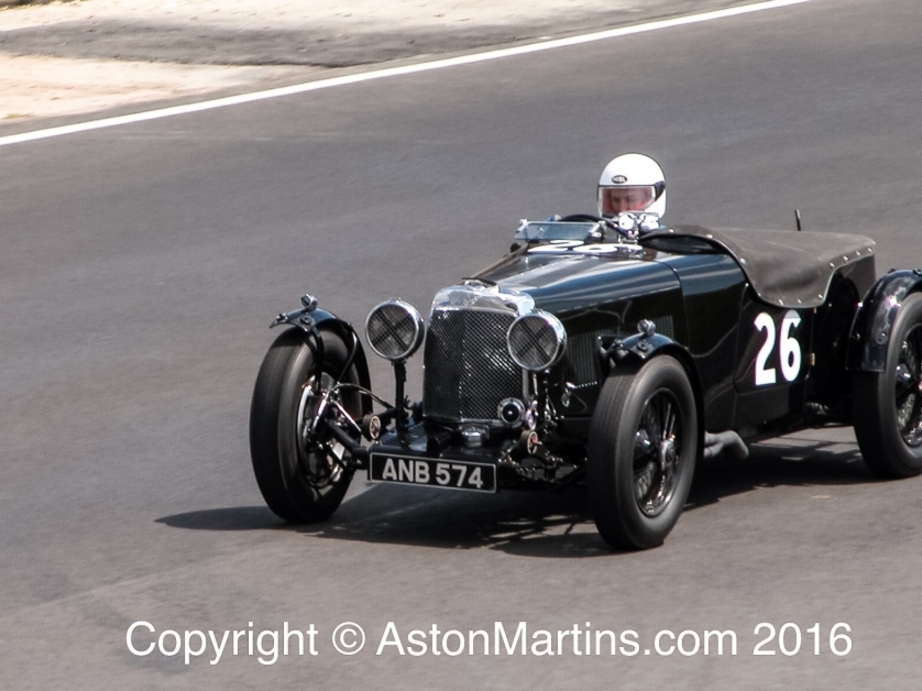

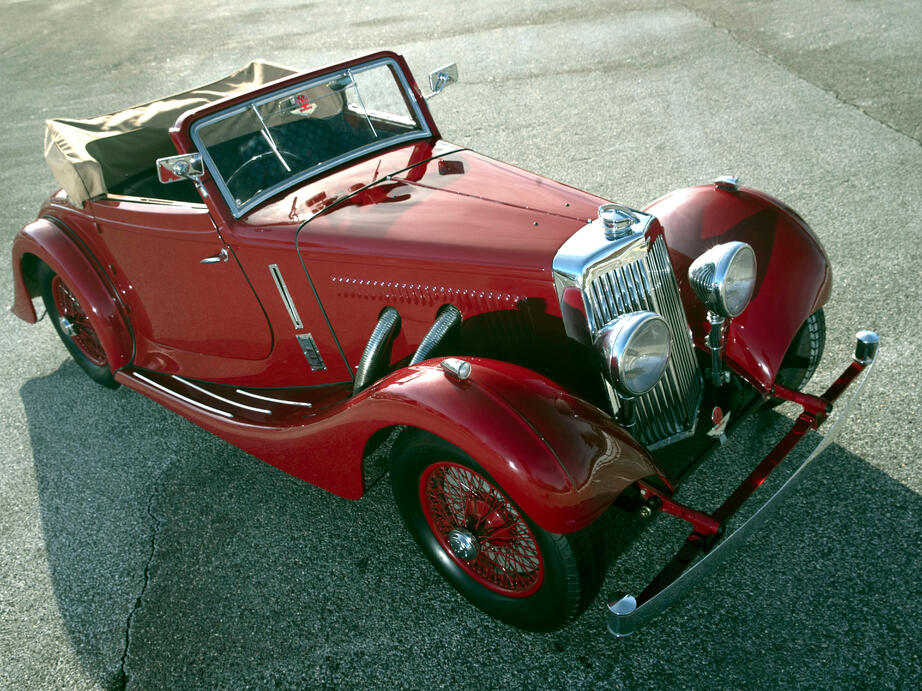

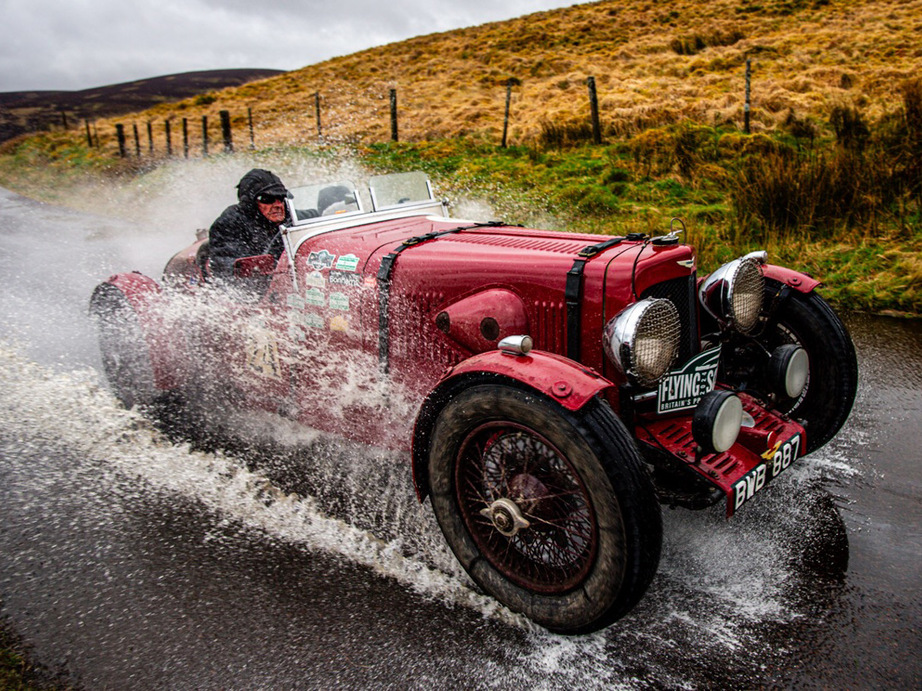

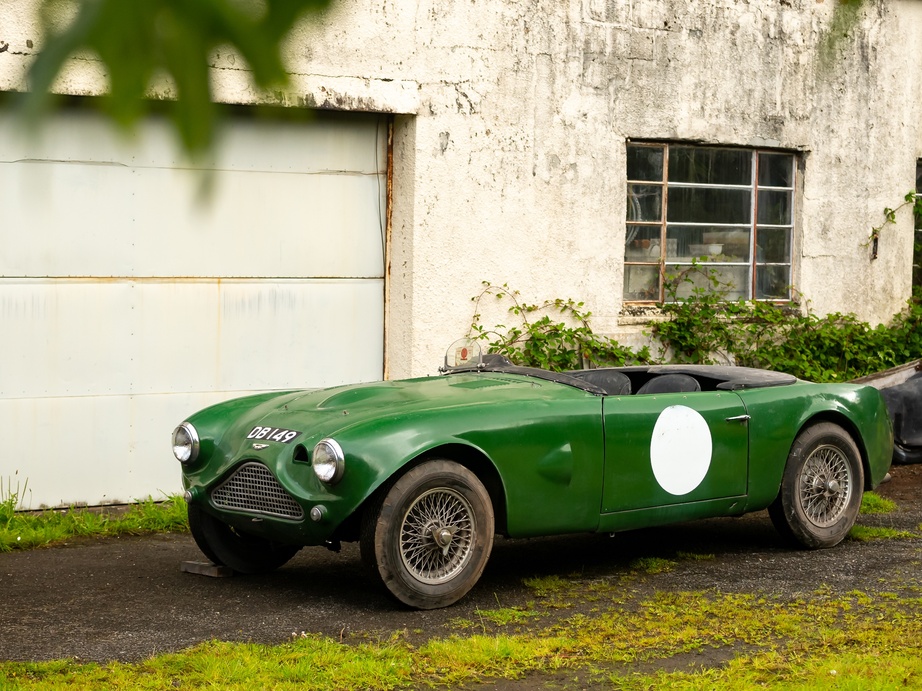





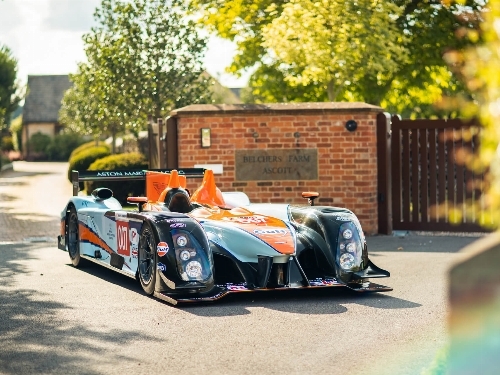

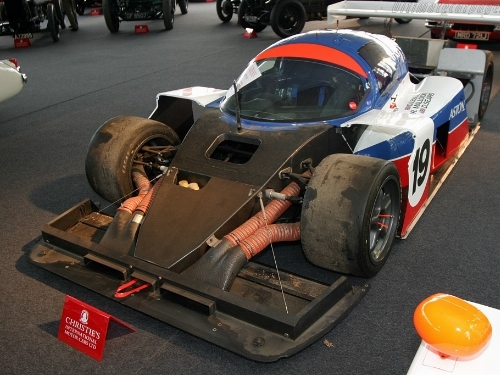

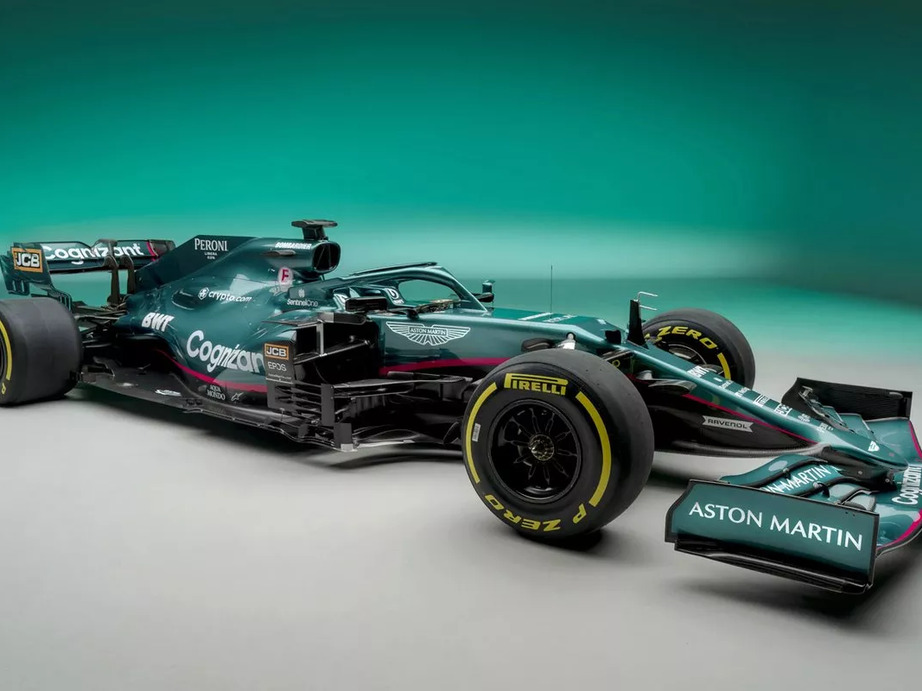

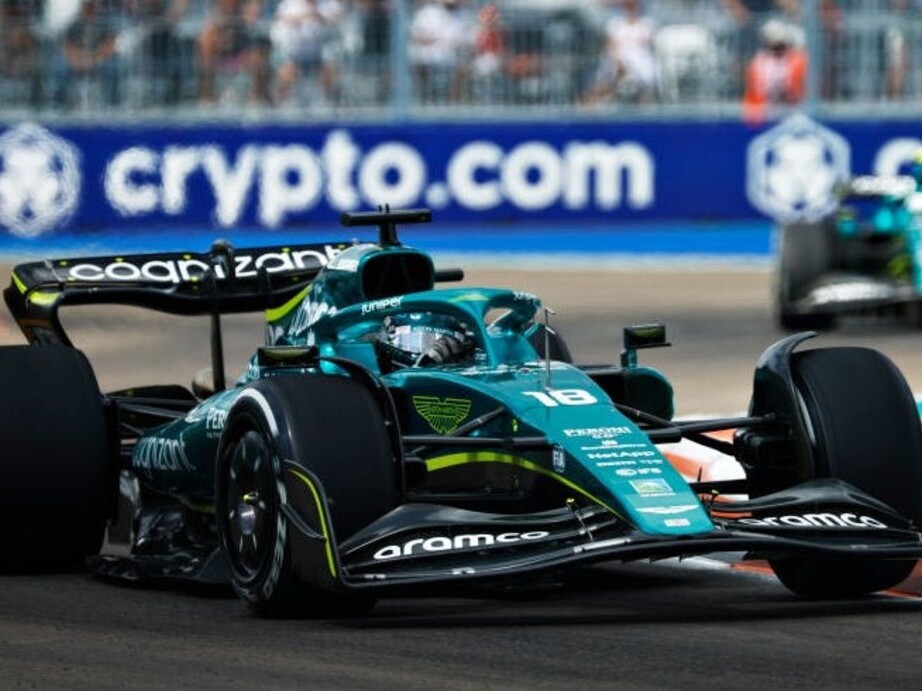

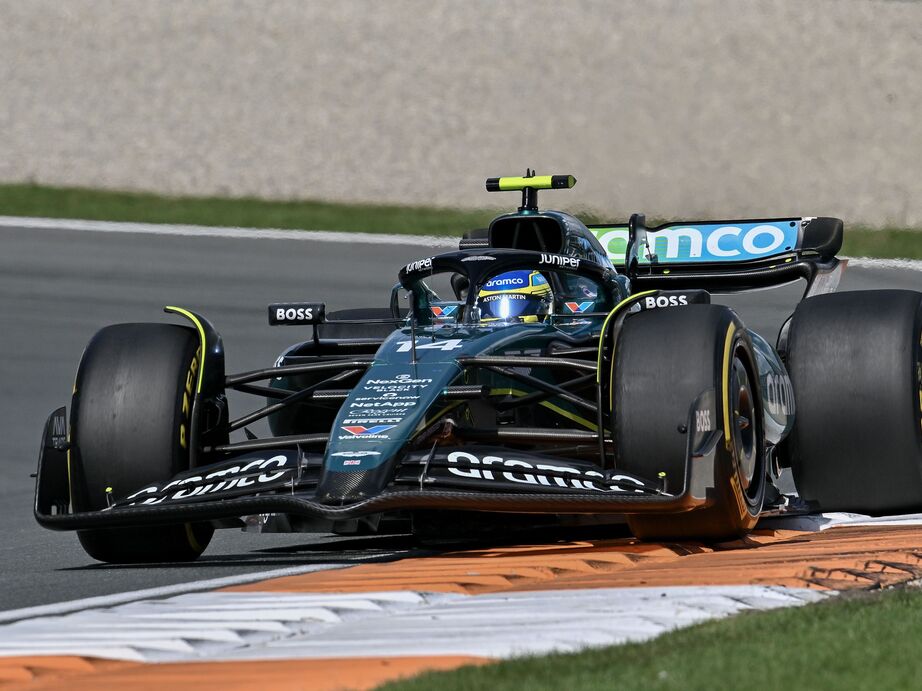

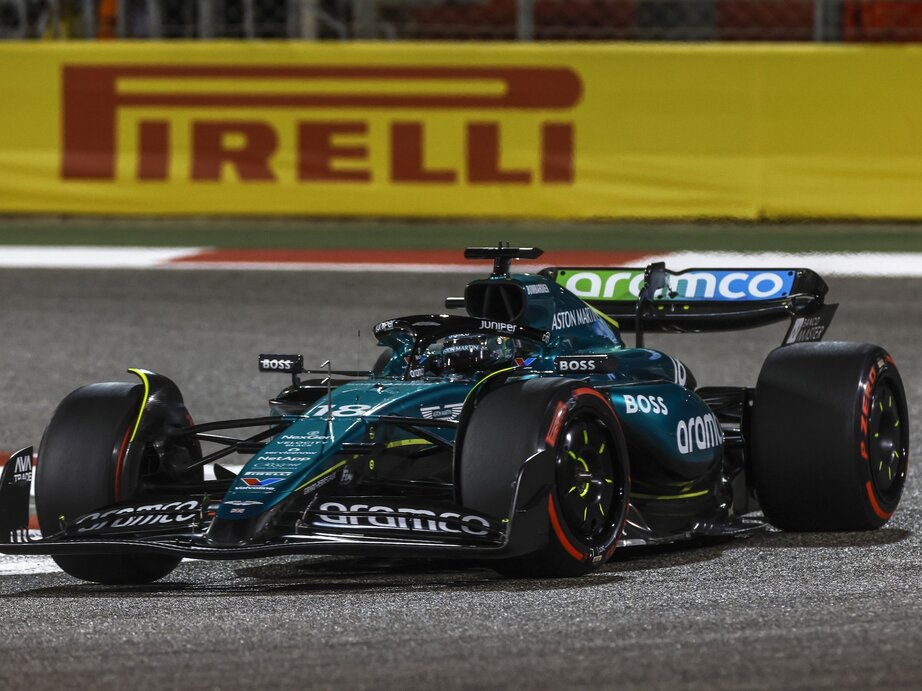



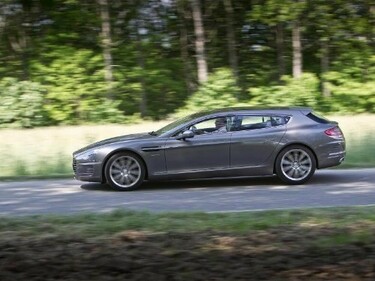

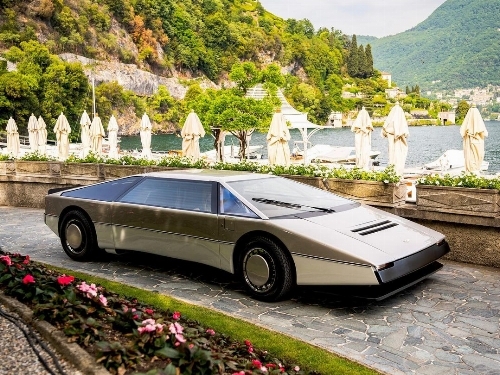

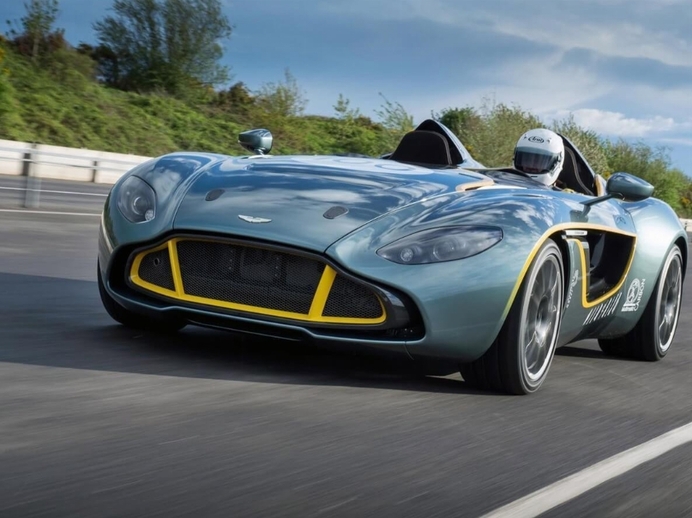

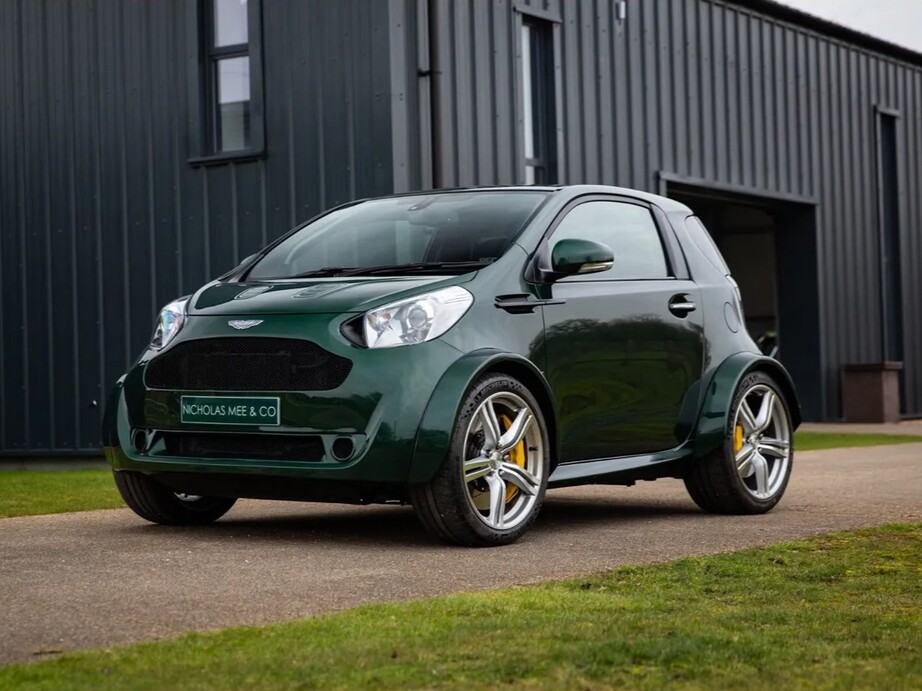

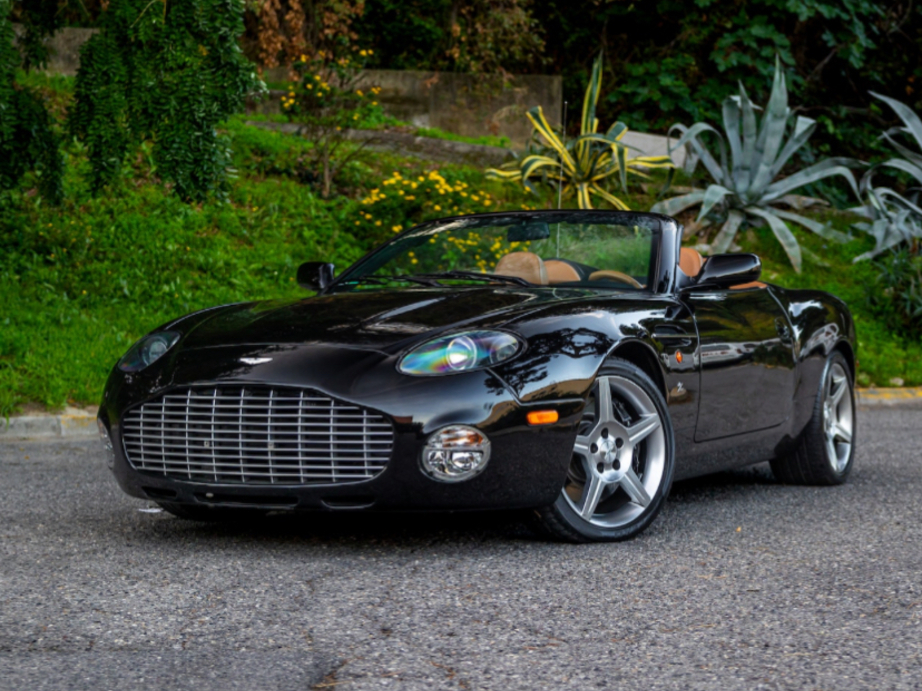

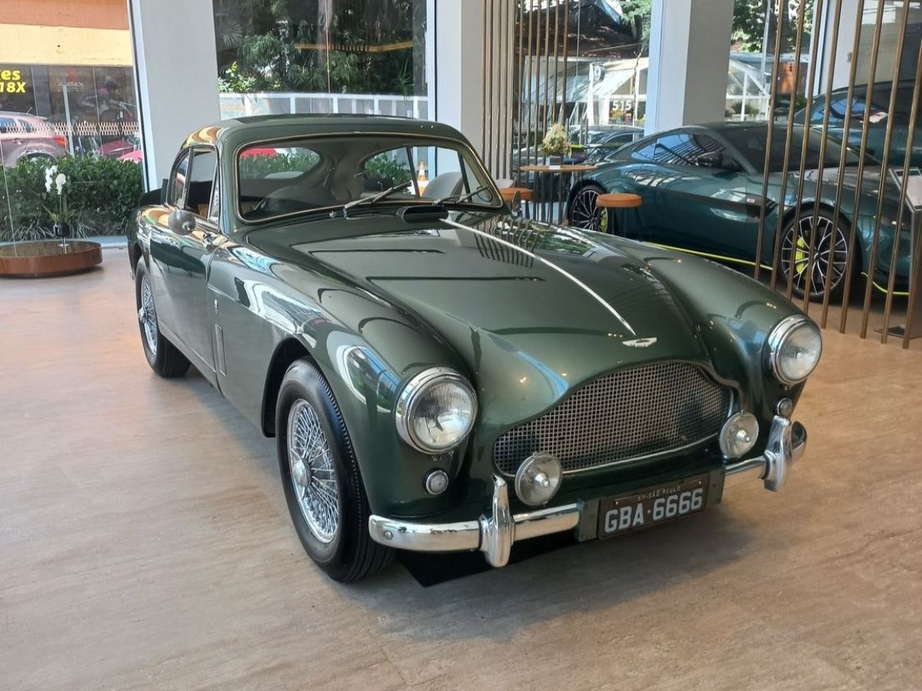





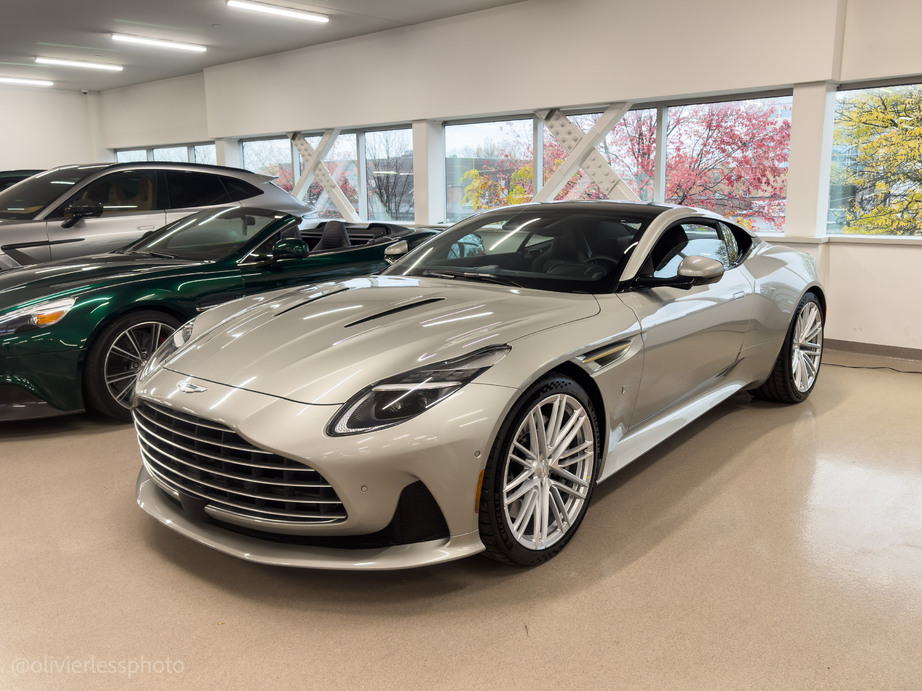

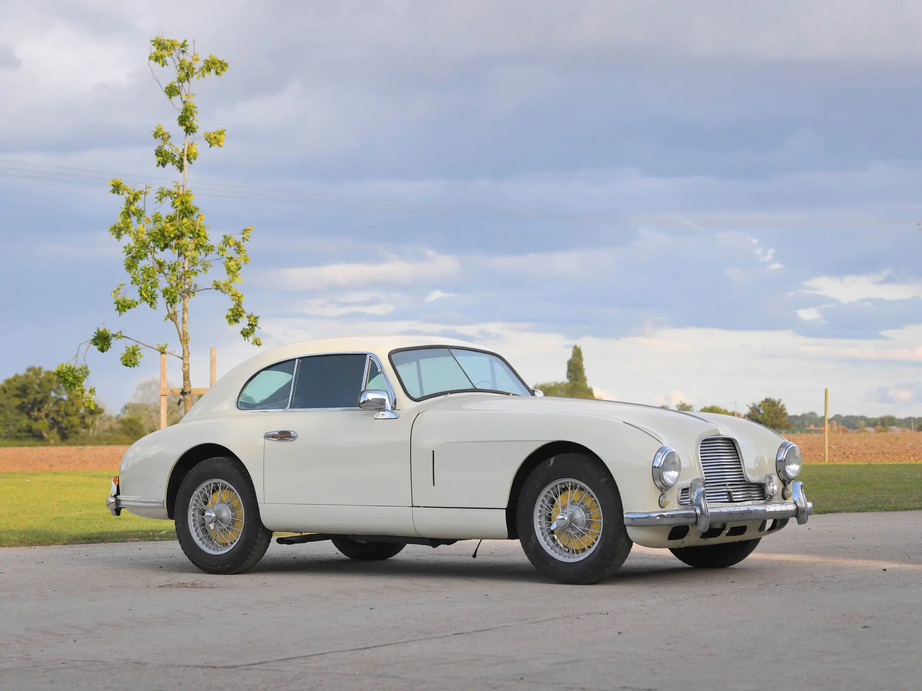

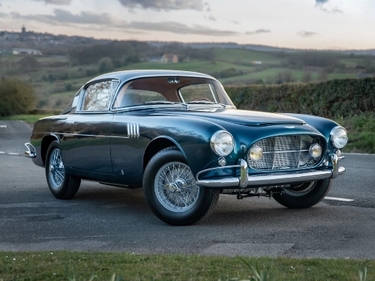

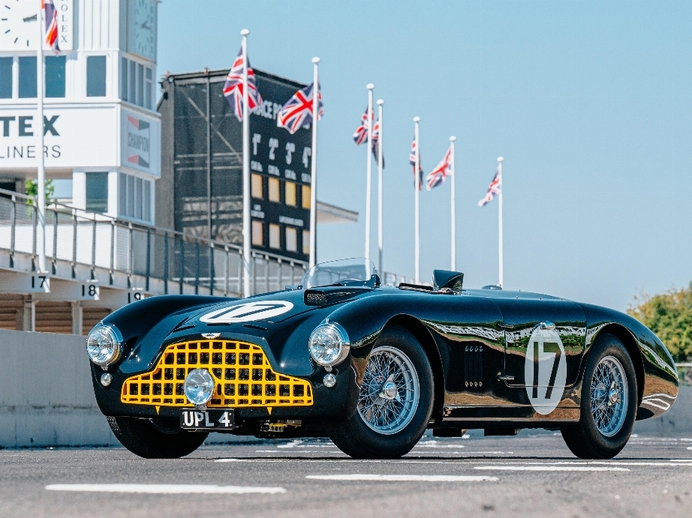

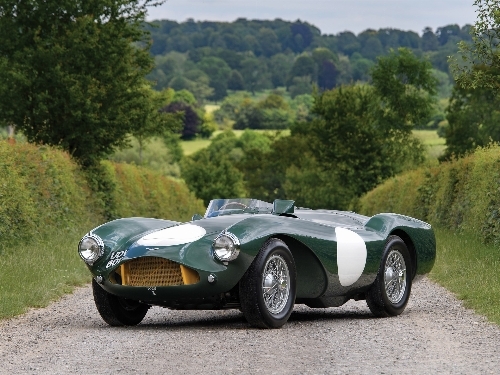

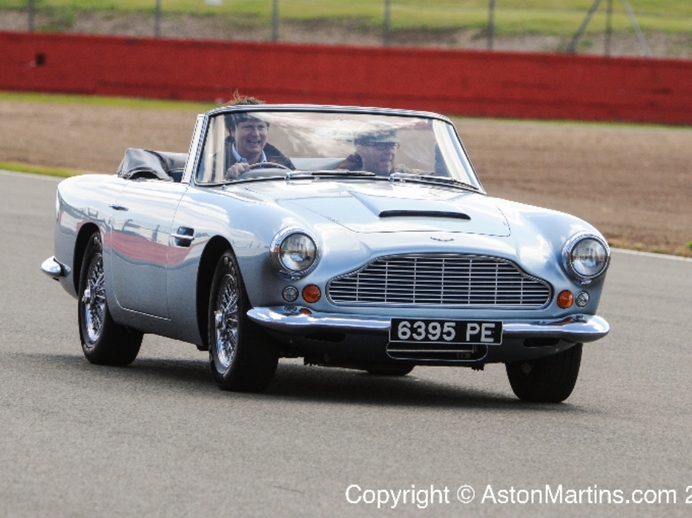

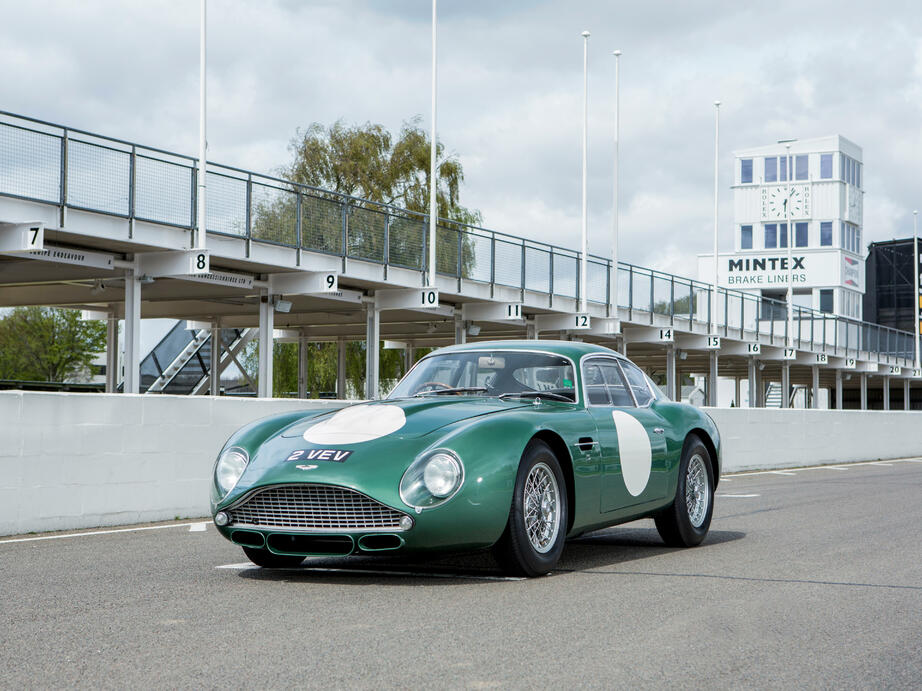

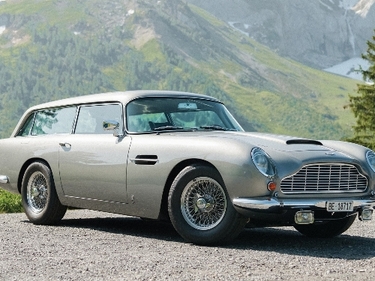

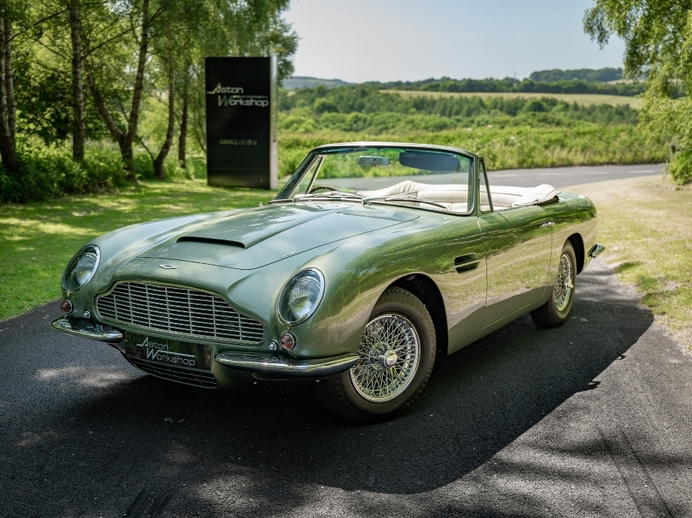



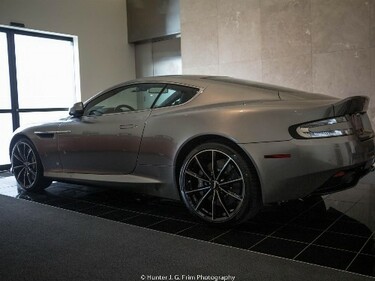

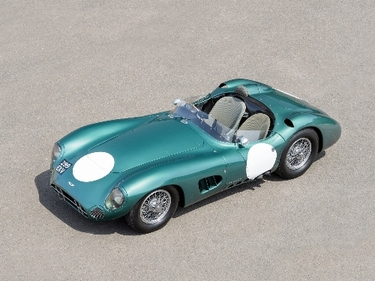

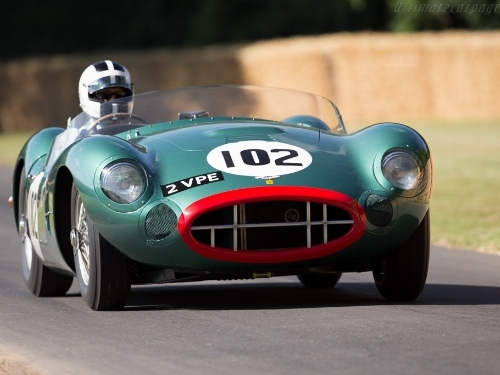

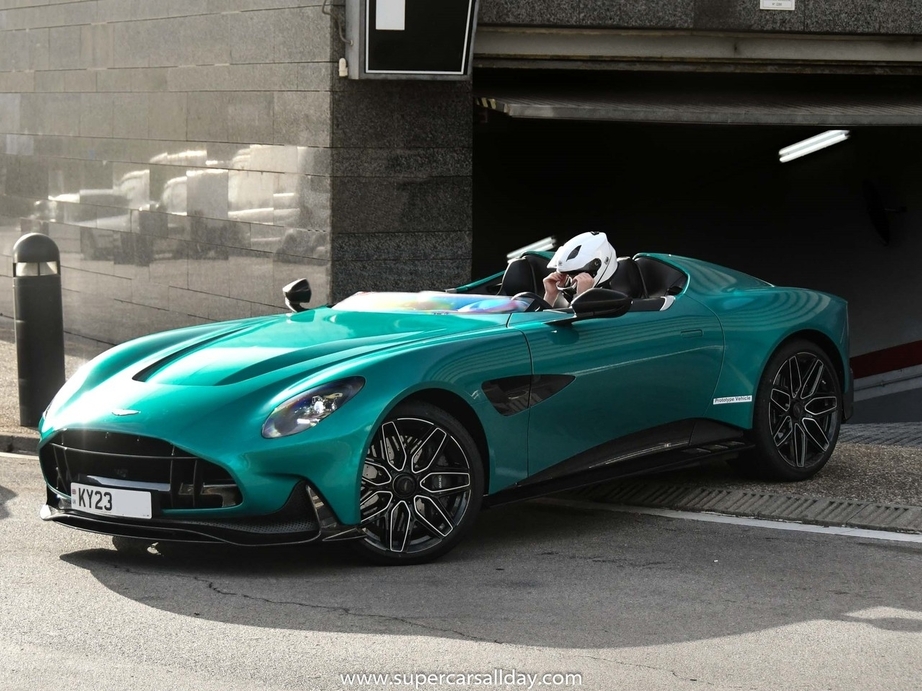

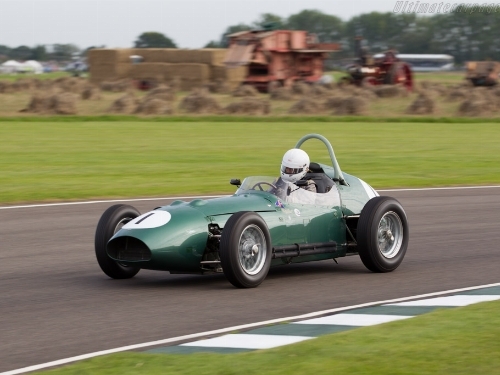

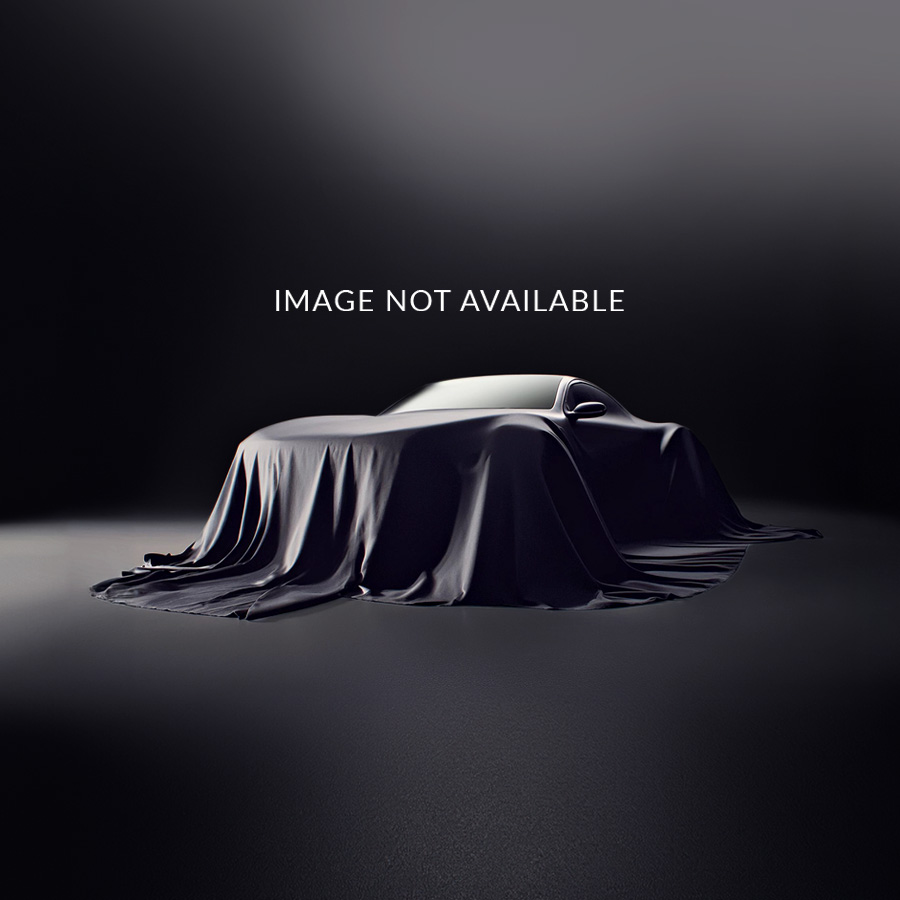

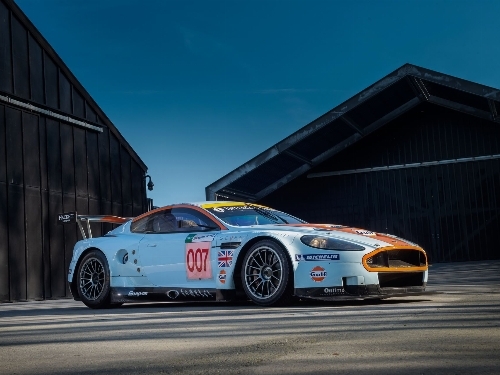

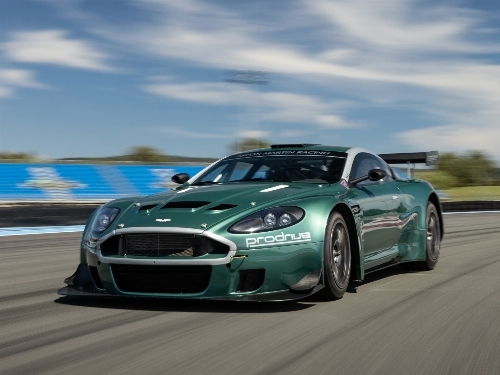

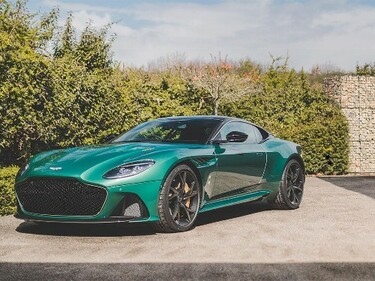

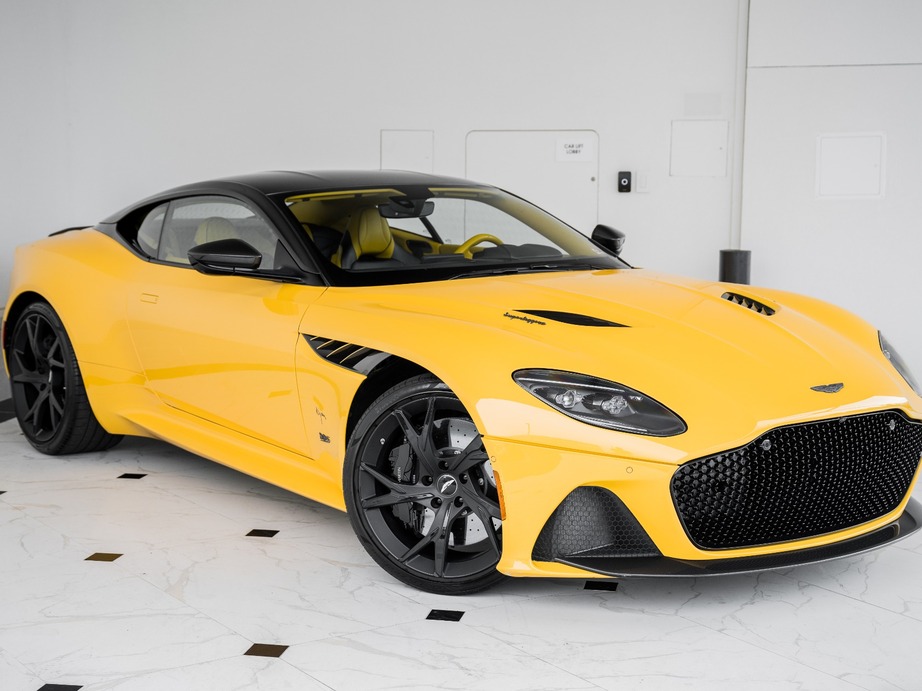

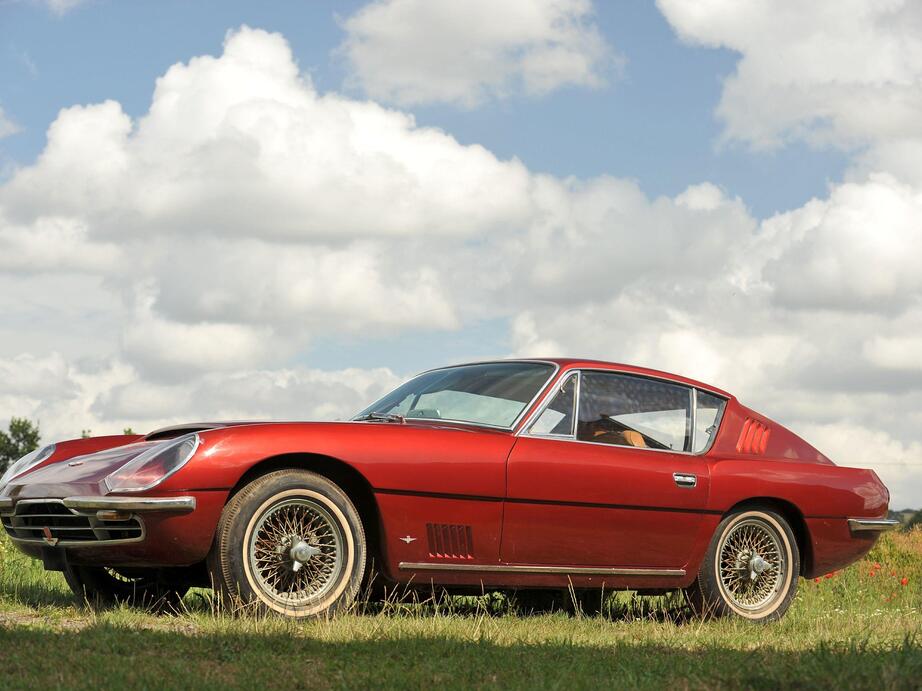

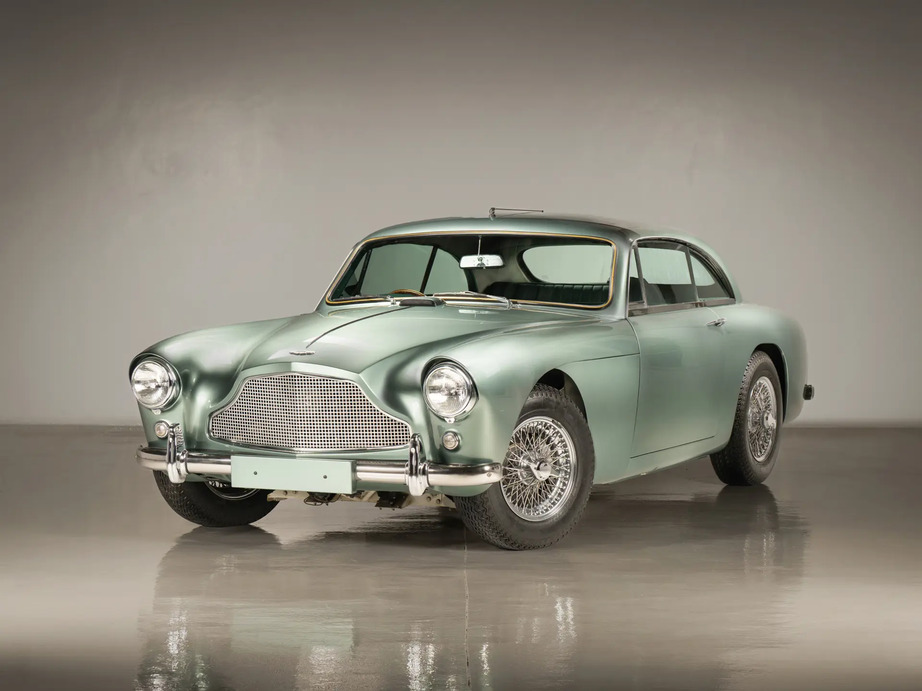

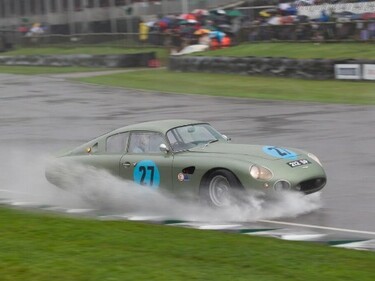



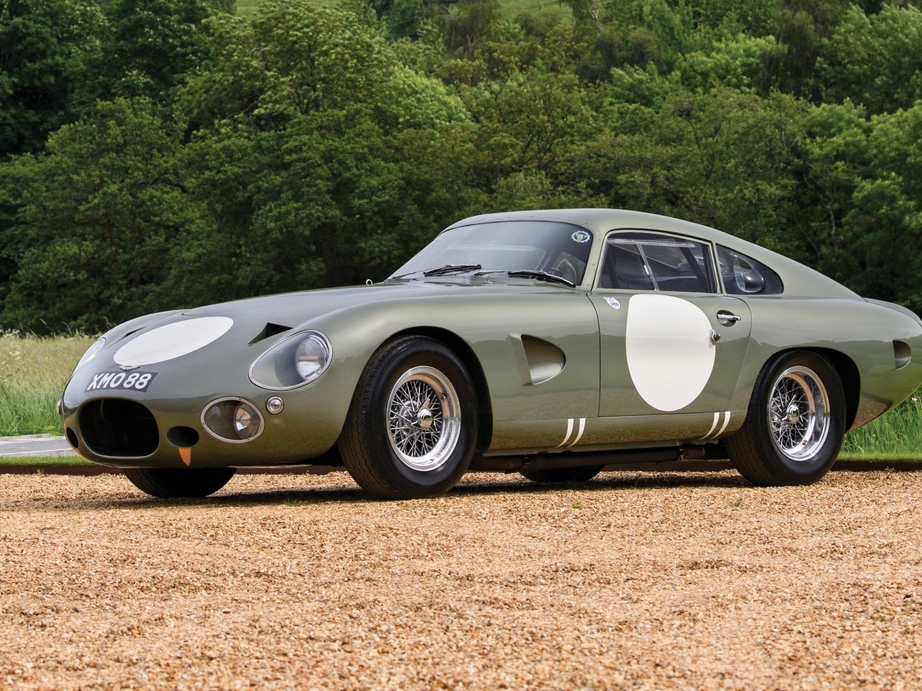

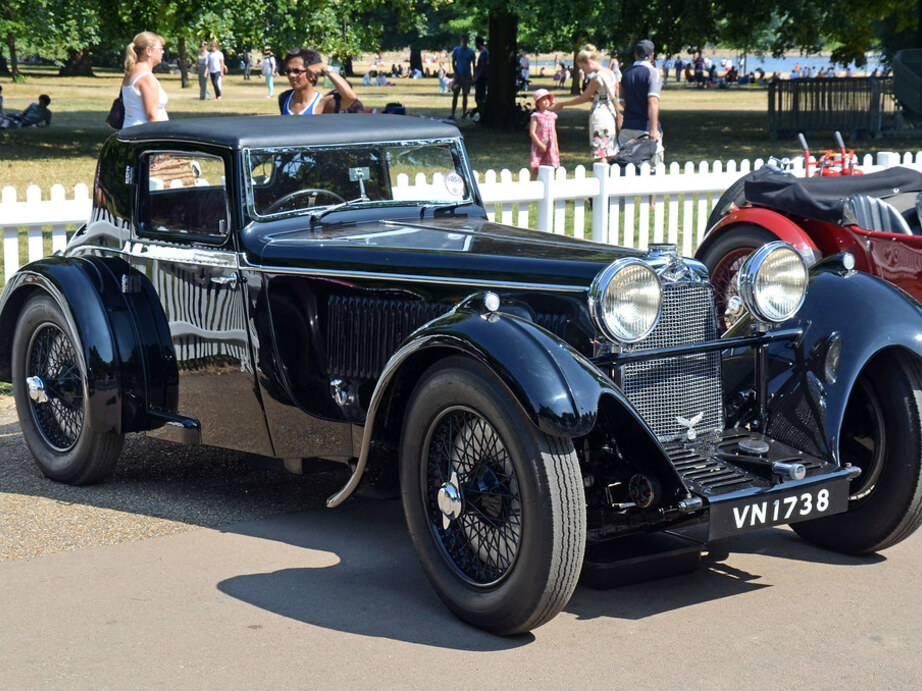

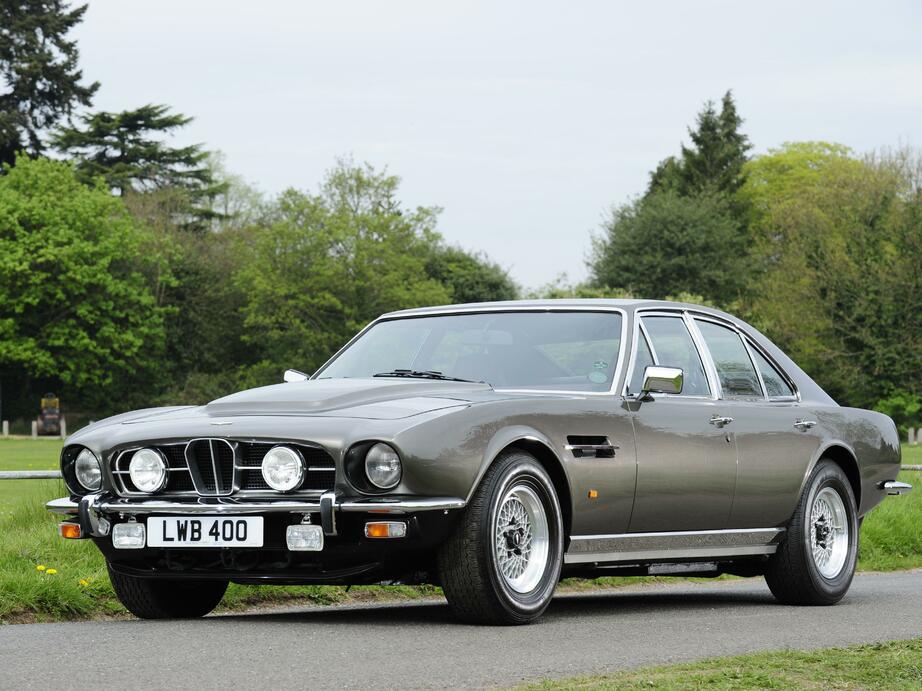

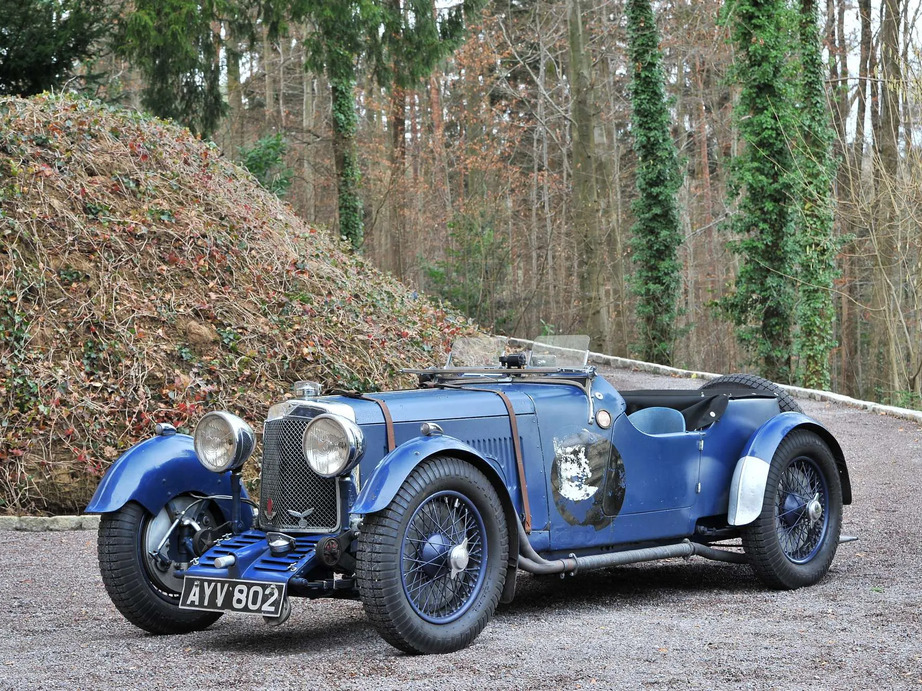



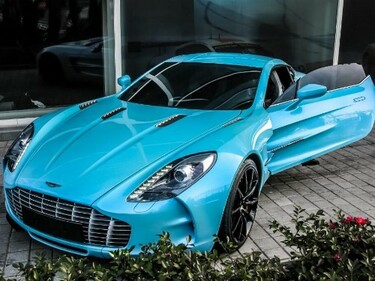

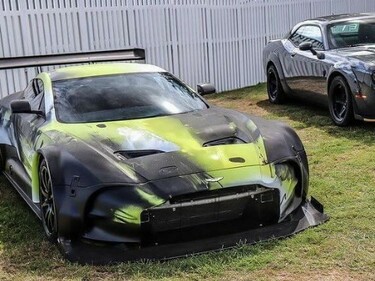



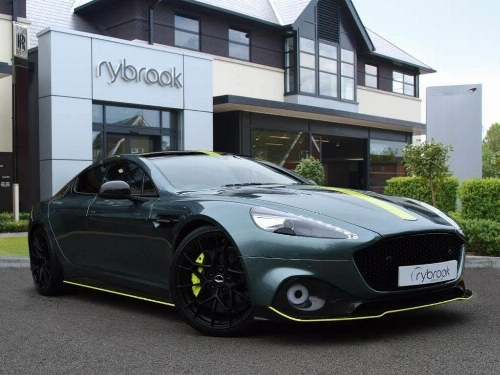

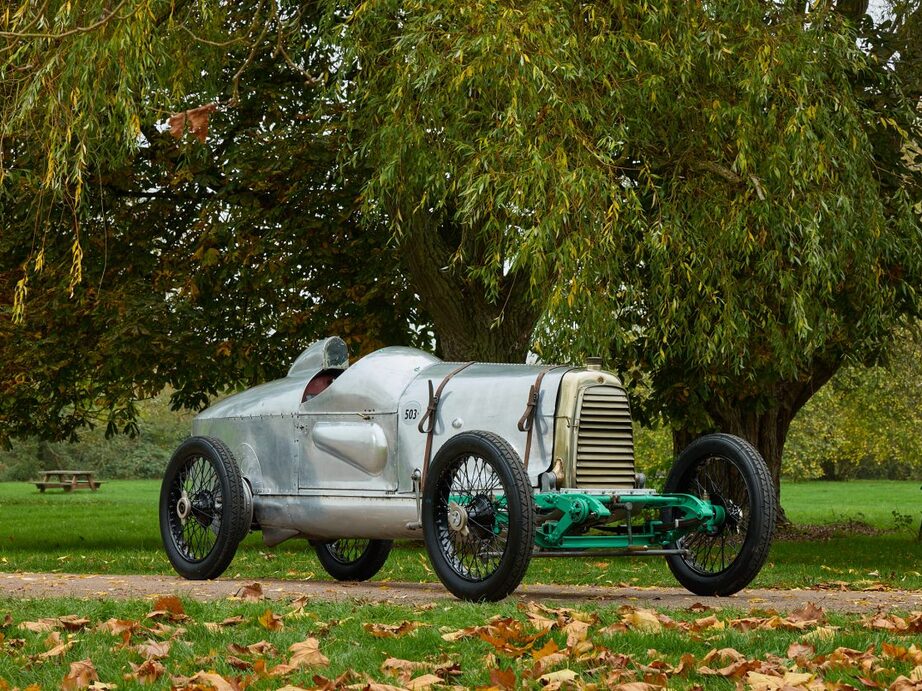

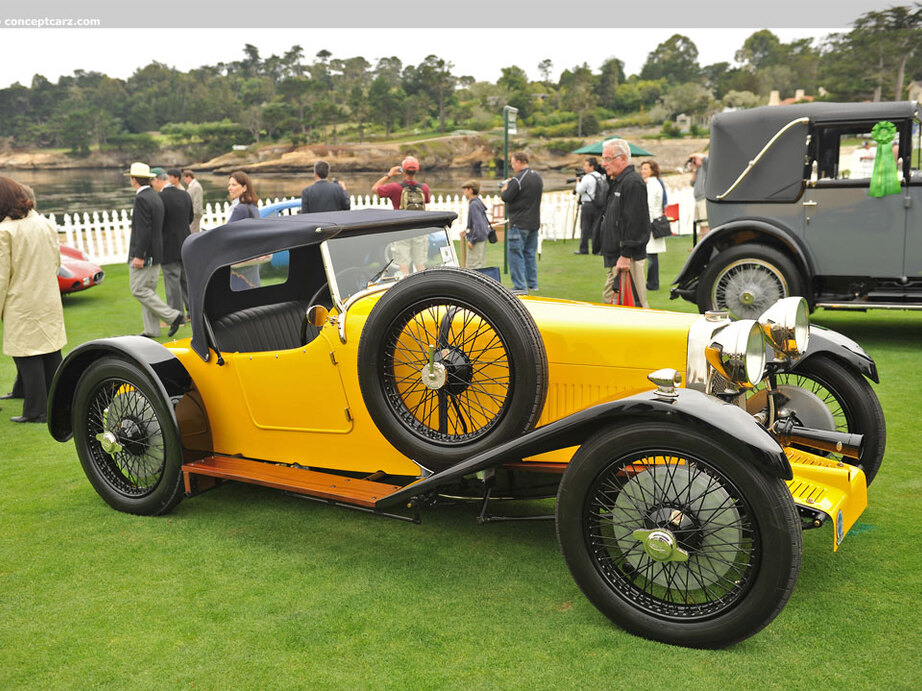

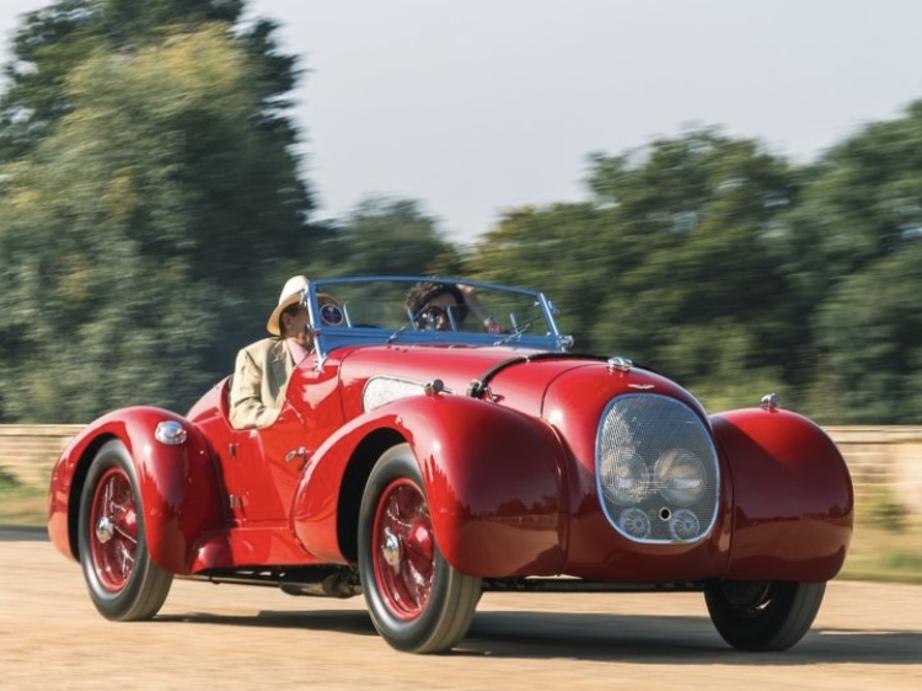

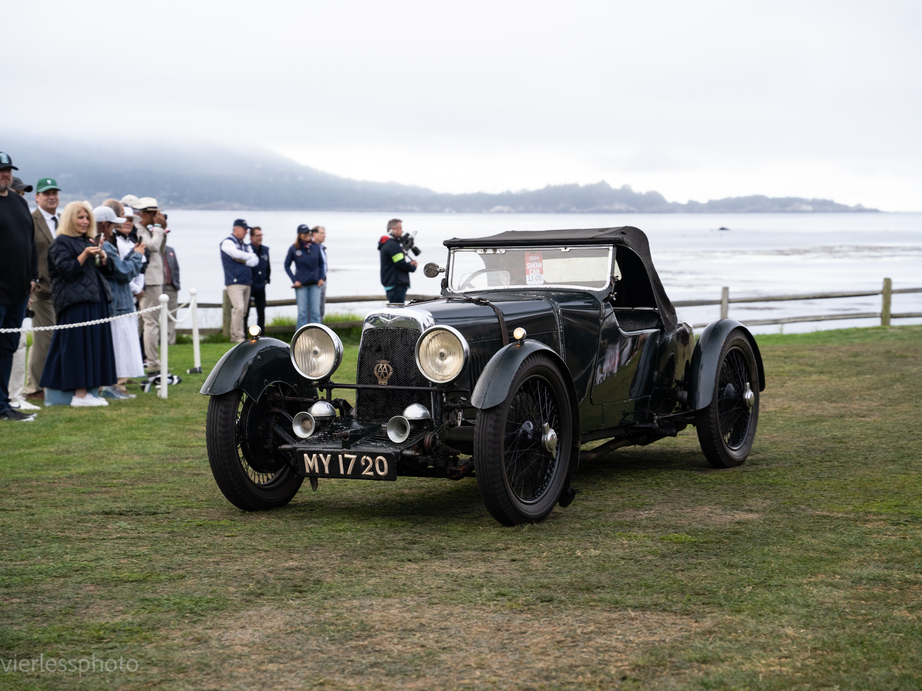

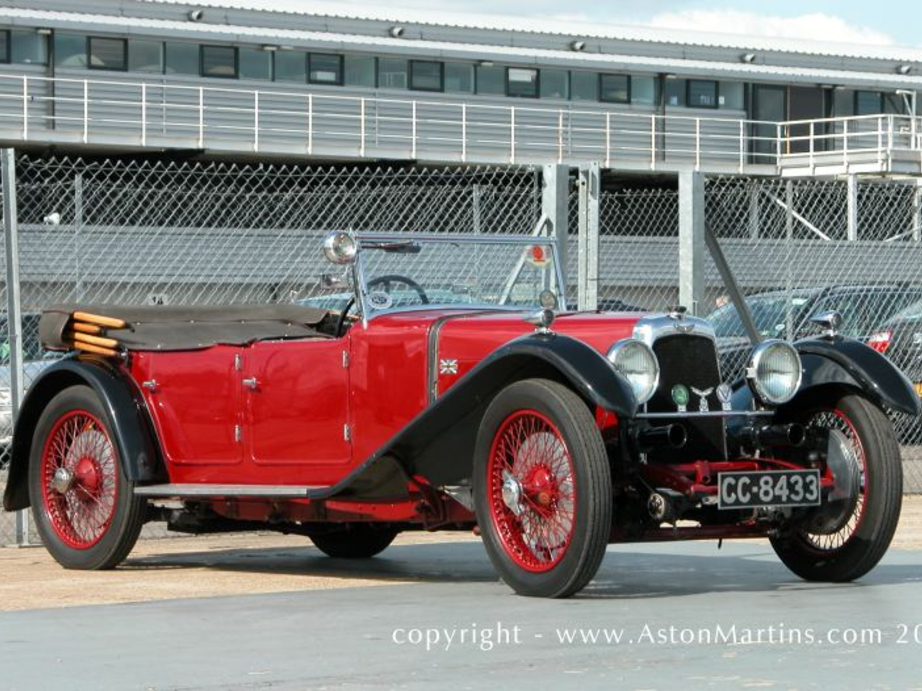

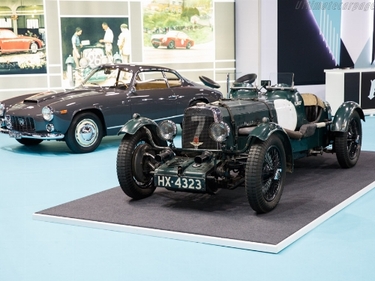

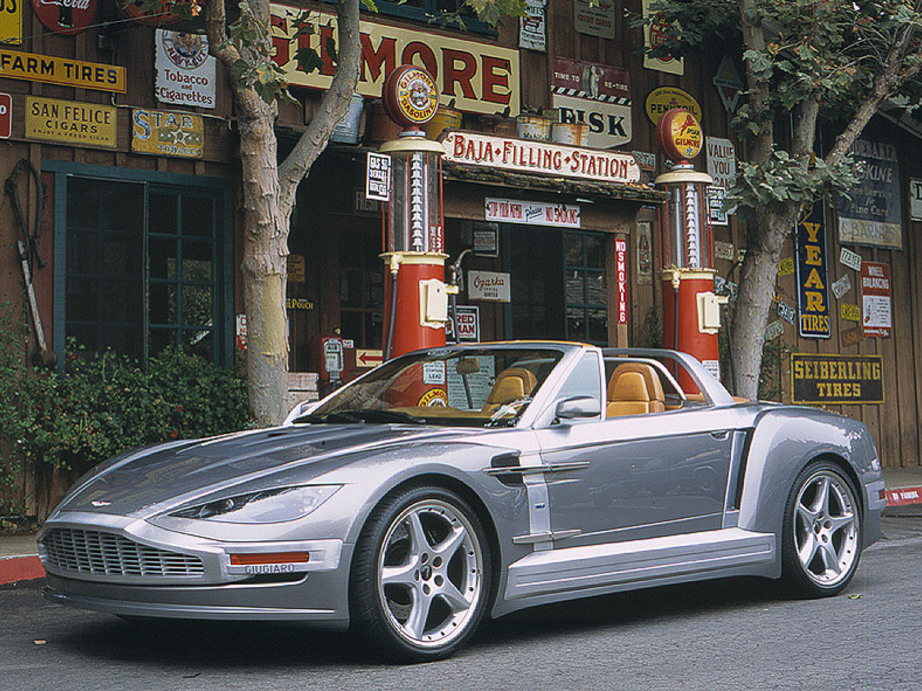



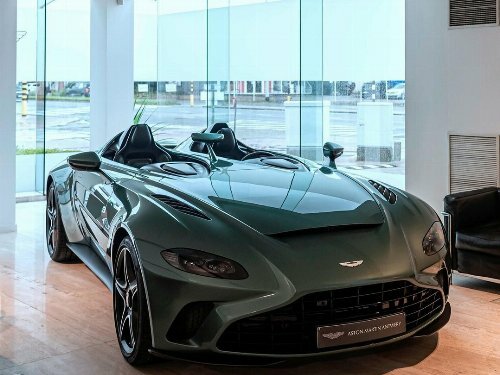

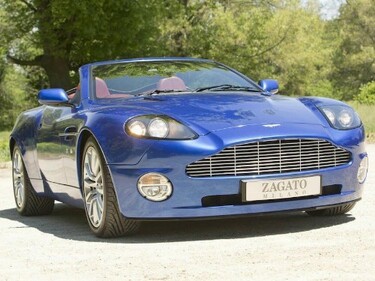



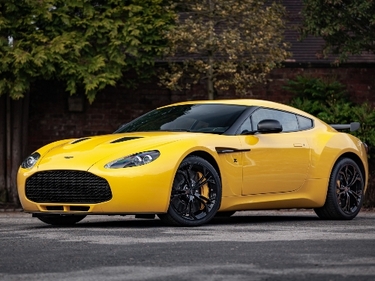

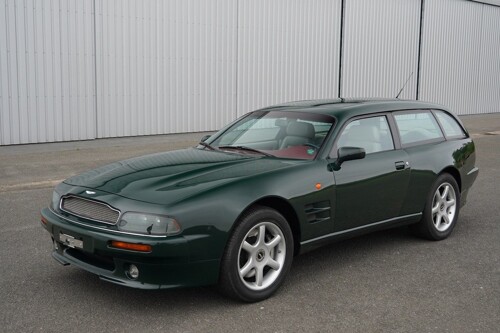

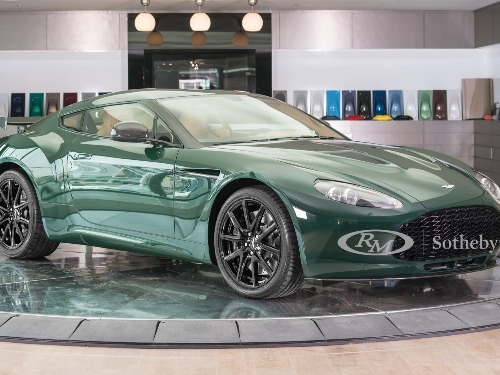

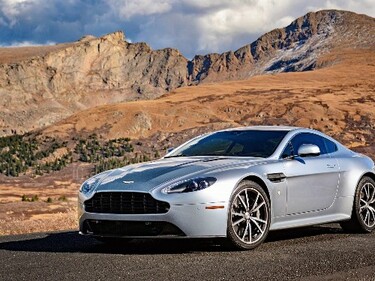

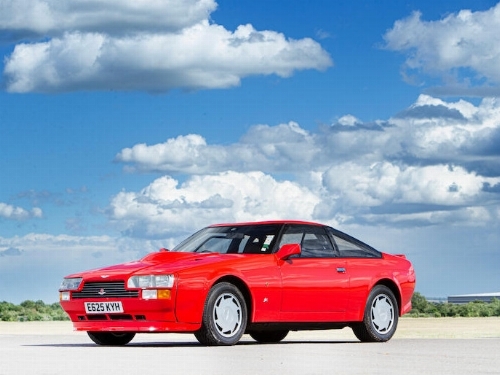

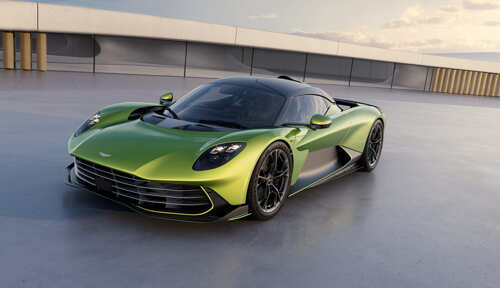



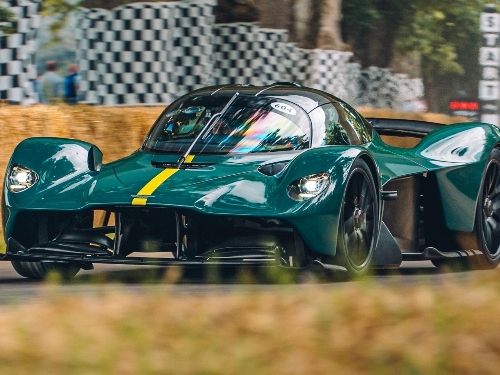

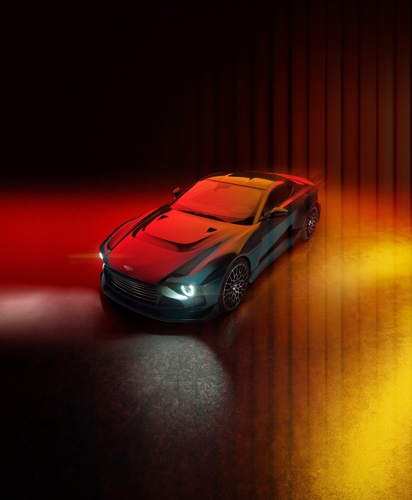

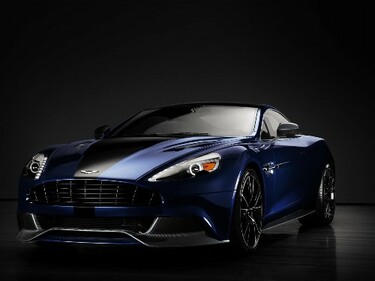

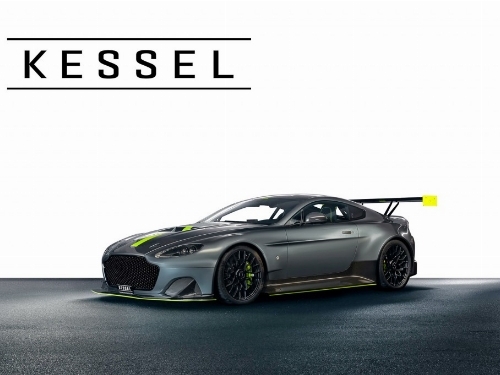

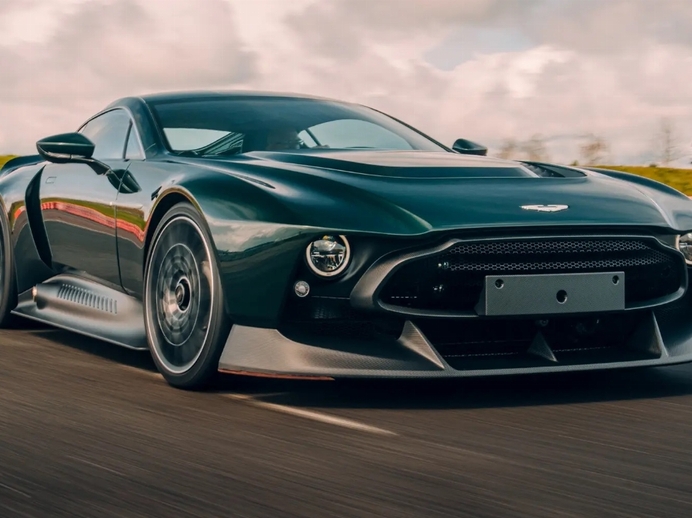

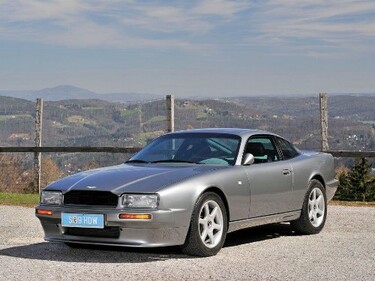

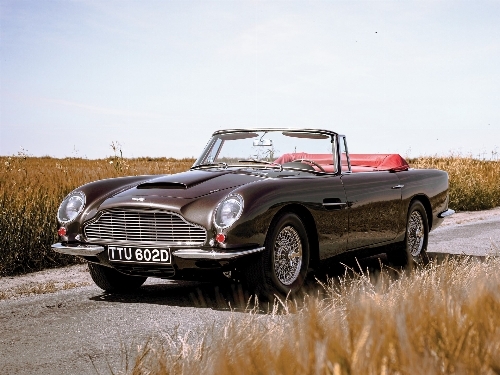

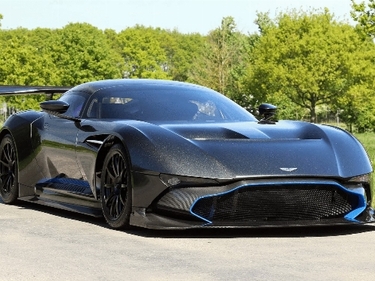

Videos
Empty List
Gallery
No images available.




